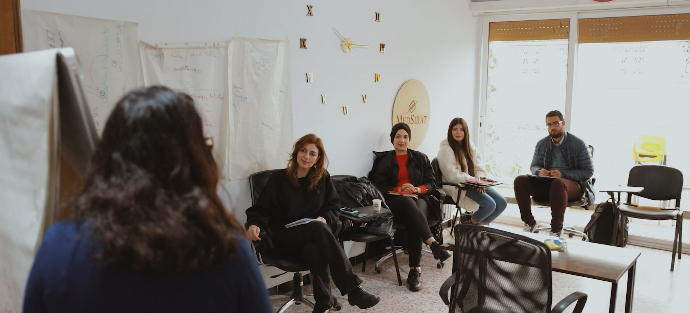The Rising Tide of Innovation and Creativity in Business

The demand for innovation and creativity in businesses has reached a tipping point. Companies that fail to embrace these concepts risk being left behind in a rapidly changing world.
Innovation and development can be defined as two sets of steps that help us transition from one situation to another. Creativity comes before innovation. An individual begins by thinking and working from scratch to come up with an idea, which marks the end of the creative process. Then one must take that idea and transform it into a tangible value.
Yet, not all innovations are created equal. Some bring radical shifts, while others offer incremental improvements.There are 4 types of changes :
- Incremental Innovation: It is adding a new feature to an existing product or service. It's the low-risk, steady advancement that keeps you competitive.
- Behavioral Innovation: This focuses on changing user behavior, often through new ways of interacting with existing technology. It represents simple changes with substantial impact.
- Radical Innovation: This is the game-changer, introducing entirely new products or services that disrupt entire industries.
- Routine Innovation: It is optimizing existing processes to improve efficiency and reduce costs. It's not flashy, but vital for long-term sustainability.
Cultivating a fertile ground for creativity is crucial for businesses to thrive in today's dynamic landscape. This requires fostering a culture of inclusive dialogue and open communication, where diverse perspectives are welcomed and respected. Encouraging healthy debate and experimentation becomes essential, challenging the status quo and pushing beyond limiting beliefs. Additionally, a relaxed and playful environment can spark unexpected connections and lead to breakthroughs. Furthermore, brainstorming sessions, idea camps, and even incorporating games into the creative process can be powerful tools.
However, fear of failure can stifle creativity, so it's important to encourage calculated risks and celebrate learning opportunities, even from setbacks. Additionally, hierarchical structures can create barriers to collaboration. Hence, fostering cross-functional collaboration allows information and ideas to flow freely across all levels, maximizing innovation potential. Finally, solution fixation can lead to overlooking better options. Encouraging diverse thinking and exploring alternative perspectives ensures that the best outcome is reached.